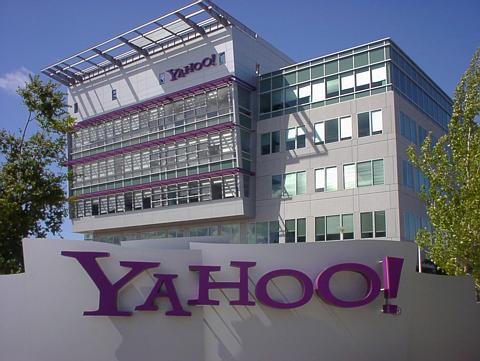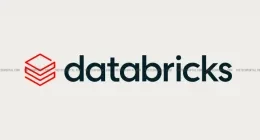As advertisers continue to pull back on spending and pare back their marketing budgets, companies like Yahoo have felt the heat. And once again, that has come at the cost of employee terminations. Yahoo announced on Thursday, that it aims to reduce its workforce as part of a major restructuring of its ad tech division.
The fresh round of layoffs will affect 20% of Yahoo’s overall staff, and according to the company, its ad-tech business will be among the majority to get the short end of the stick. 12% of its total workforce – around 1000 employees – will be laid off before the end of the day, while another 8% – which amounts to 600 employees – will be laid off in six months. By the end of the year, nearly 50% of Yahoo’s ad-tech employees will find themselves out of a job.
According to Axios, which first reported the news, the layoffs and subsequent restructuring of its ad-tech department will put an end to Yahoo’s years-long effort to provide direct competition with Google and Meta in the digital advertising segment. Instead, it marks Yahoo’s shifting focus towards the growth of its owned and operated properties as lucrative standalone brands. Last year, the worldwide digital marketing industry was worth roughly $321 billion. The market is predicted to develop at a 13.1% CAGR between 2023 and 2028 to be valued at around $671.86 billion by 2028.
While most tech companies across the globe have reduced their workforces owing to the prevailing adverse macroeconomic conditions and economic slowdown, Yahoo CEO Jim Lanzone stressed that the layoffs at Tahoo were not the case. In an interview with Axios, he informed that the layoffs were strategic changes to the company’s Business Advertising unit, which continues to fail at turning profits. According to Lanzone, the restructuring of the ad-tech division would be “tremendously beneficial for the profitability of Yahoo overall,” which will allow the company “to go on offense” and drive greater amounts of investments in other parts of its business that are profitable.
As part of the changes coming to Yahoo, the company will also shut down its SSP – its supply-side platform and a part of its advertising business – which is known to aid digital publishers in selling automated ads against their content. It will also shut down Gemini, its native advertising platform, and leverage its partnership with ad tech m Taajorboola to sell native advertising on its own content.
Additionally, Yahoo will expand its DSP, or demand-side platform, (which assists marketers in buying advertisements across different publisher websites) and rename it to Yahoo Advertising. Lanzone aims to grow its DSP business in the coming months with the infusion of fresh blood and more acquisitions and create, for the first time, a premium ad sales team for Yahoo’s owned and operated properties.
The Tech Portal is published by Blue Box Media Private Limited. Our investors have no influence over our reporting. Read our full Ownership and Funding Disclosure →






